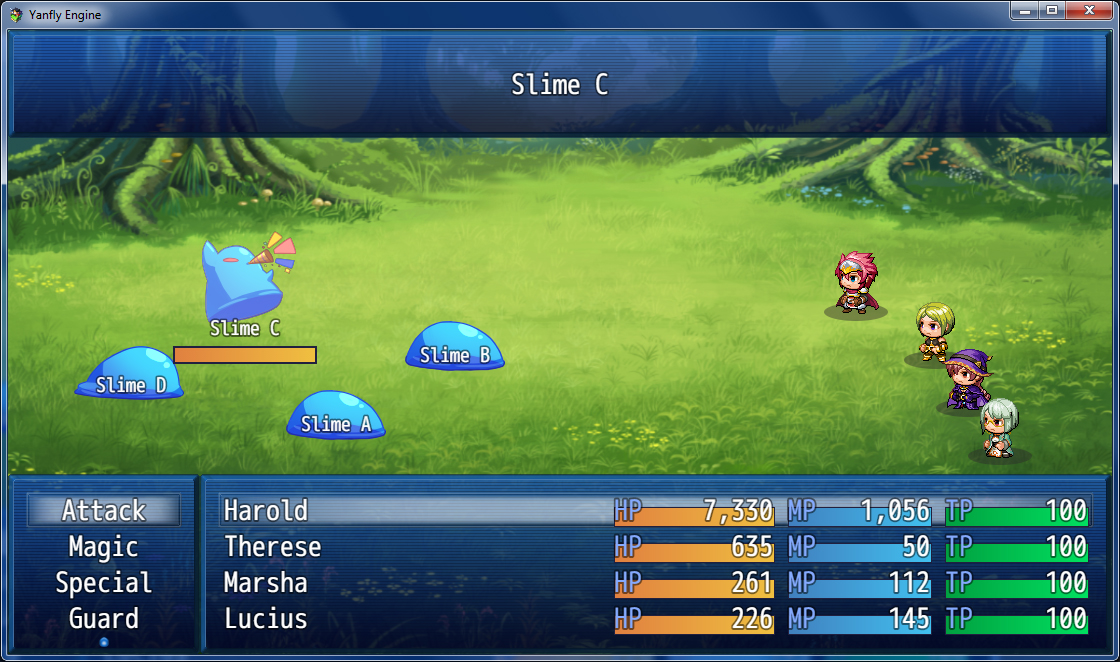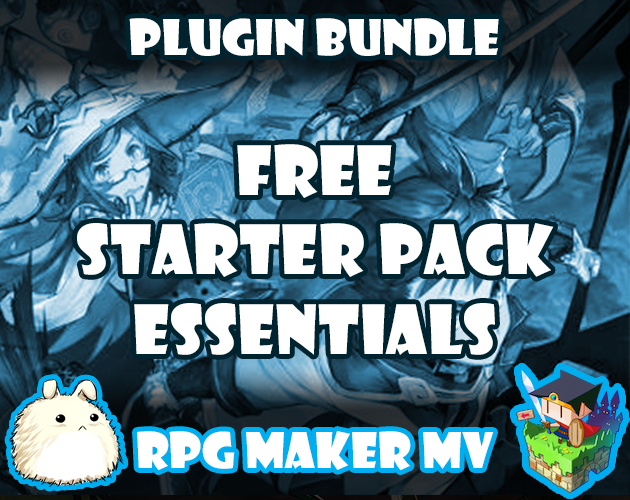
I then built a rough layout in-editor, and finally built the actual layout. The tiny size makes it very easy to perform many revisions in a short time, and generally, I try to spend no more than 60 seconds on each coaster-sized design.Ī small tip here - because RPG Maker games tend to be played on widescreen displays (not in portrait/tate mode), generally speaking, my maps tend to be wider rather than taller, unless I want the map to feel like the user is going on a journey/climbing/doing something else where verticality is a given. drawing versions of the map that are no bigger than a coaster.


Unfortunately I've lost this documentation, but I start with thumbnails, i.e. It helps to build the map on paper first-of-all. We settled on The Great Wave, using the art of Hokusai, because of this - these two concepts are very typically Japanese, in terms of how an American business might brand itself so it matches how a localisation place might rework the name/emblems of a Japanese restaurant in an American localisation. Instead, it made more sense to interpret it as a very generic sushi place, with a very typical Japanese theme, as would be the case for a large sushi chain in the US (or Europe). We considered various joke approaches (like how, in Chapter 2, the convenience store is famous for selling jelly donuts, when they clearly have onigiri on the shelves) but in the end, we felt this wasn’t a good take. that of a harshly localised anime, would interpret a conveyor sushi place. You can hopefully see how the sushi place in-game is an interpretation of this (if I did my job correctly!).įollowing on from that, we thought about how NALE’s stylistic theme, i.e. Key features included the wood-coloured surfaces, the lights directly above the belt, and the generally open, light nature of the place. Once we'd done this, we scoured the images to find common, obvious features that we can emulate in RPG Maker. In Japan, conveyor sushi is cheap, as it’s regarded as lower-end (though still “good” quality, as food quality across-the-board is generally quite high in Japan) but in the UK, the novelty of conveyor sushi pushes up the price.Īnyway, this started off with getting a pack of images together of conveyor sushi places in fact that image above was the star image of this pack. Obviously, it’s one of the things people think of as stereotypical when they discuss stuff that is commonly associated with Japan in this case the stereotype rings true, as it’s a popular type of fast food.ĭuring my own time there, I lived near about four places, and used to attend them regularly. Designing the restaurantĬonveyor belt sushi is a staple of Japanese culture, and has been for nearly half a century. Right away, this presented a problem - we didn’t know if it was possible to create a belt that would allow the food to move in the right way (though we knew it would be possible, just not exactly how we’d do it) but all of that could wait - the first job, as always, was world-building.

Rpg maker mv yanfly buffs and states core common event plus#
Plus the moving food adds a bit of visual interest. That’s mainly because of theming we found it hard to create a credible izakaya with the stuff we had to work with, so we thought a sushi place, especially a conveyor sushi place, with its moving conveyor, would be a better shout. The original plan was to have an izakaya, but early experiments with that weren’t great. One of the goals of Chapter III was to try and broaden the Fledge City setting, providing a few new locations while we revisit old ones, and in order to do this, we wanted to create a restaurant setting that the characters could revisit in future chapters (the intent is that, eventually, Fledge City will have many “common” locations already-made, so we don’t have to make practically everything each chapter). It's just a few tips and tricks, and I hope it'll be useful to some of you, even if this is old news to more experienced users.īefore we do any actual map work, as always, the first step is to get a good grasp of the functional purpose of the location. I'll say, as a fore-warning - this tutorial is not going to be a super-in-depth document which covers all aspects of "parallax mapping", as that's beyond the scope of what I want to talk about. 4 days to go until the release of NALE Chapter III, and today’s daily blogpost should be of interest to beginner users of RPG Maker, who want to take their mapping a bit further. It also shows how we created The Great Wave, Fledge City’s most popular 24-hour sushi restaurant!


 0 kommentar(er)
0 kommentar(er)
